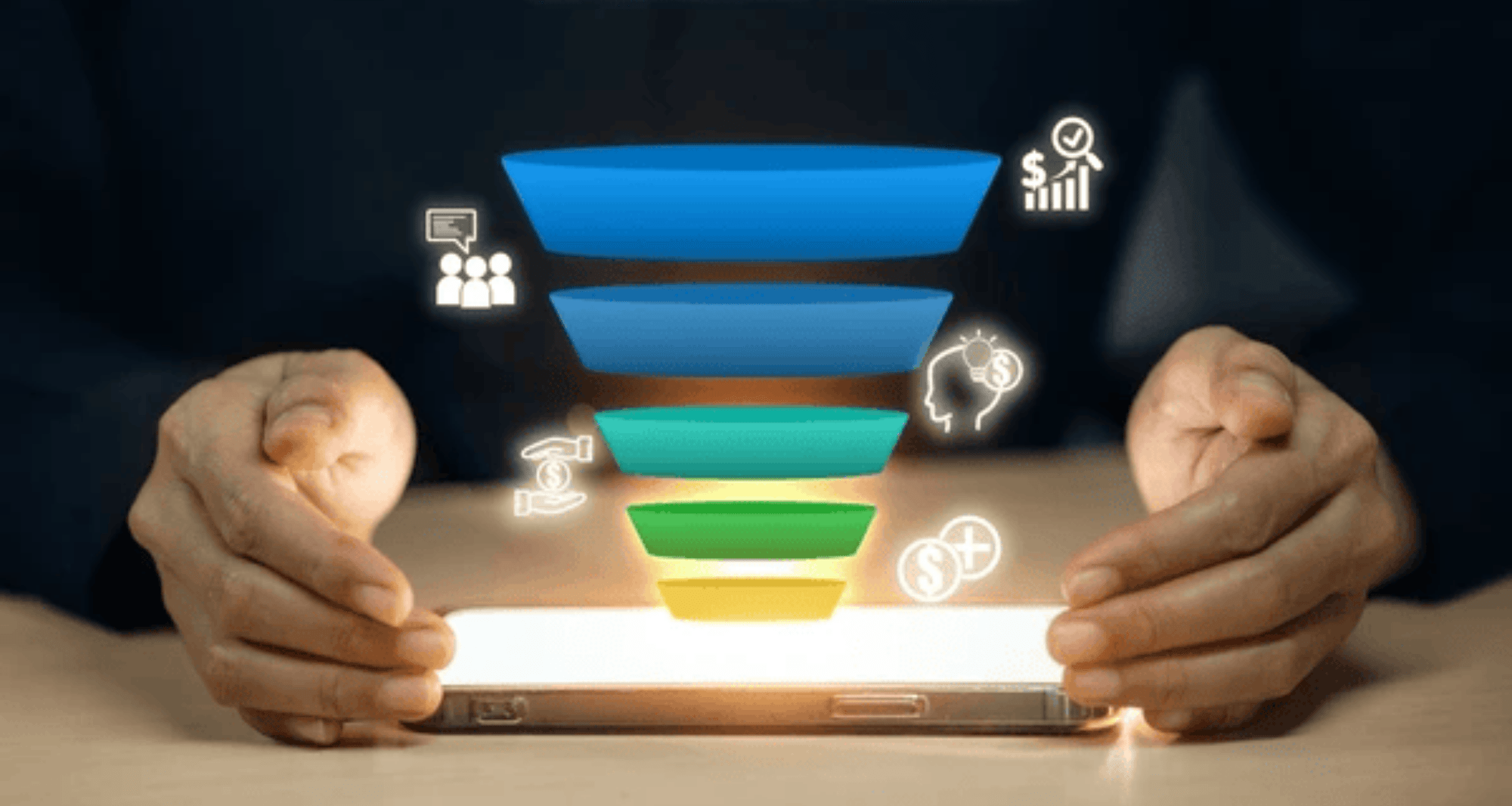
Automation has redefined the way businesses engage with customers, offering efficiency, scalability, and data-driven insights. Marketing funnels, once reliant on manual effort, can now be fully automated—guiding leads from initial contact to conversion with minimal human involvement. However, in this era of automation, there’s a growing challenge: how do businesses maintain genuine, meaningful relationships with customers while embracing automation?
The answer lies in intelligent automation—leveraging technology to streamline processes without losing the authenticity and trust that customers value. It’s not about choosing between automation and personal interaction; it’s about knowing when and how to use each effectively.
Why Businesses Need Funnel Automation
As businesses grow, manual processes become unsustainable. Without automation, marketing teams often struggle with:
- Inconsistent follow-ups, leading to lost opportunities.
- Time-consuming lead management that diverts focus from strategic growth.
- Scaling challenges that make it difficult to manage increasing customer demands.
Automation solves these challenges by handling routine tasks such as:
- Lead nurturing through email sequences.
- Data tracking and segmentation.
- Workflow optimization across multiple touchpoints.
However, automation isn’t just about efficiency—it’s about enhancing the customer experience through timely, relevant, and personalized interactions.
The Challenges of Over-Automation
While automation provides undeniable benefits, over-reliance on it can create a gap between businesses and their customers. Many businesses fall into the trap of automating too much, too soon—leading to experiences that feel robotic and impersonal.
Some common pitfalls of over-automation include:
- Lack of personal relevance: Automated messages that don’t resonate with the audience’s needs.
- Missed emotional cues: Automation struggles to address complex, emotional customer concerns.
- Frustration from rigid workflows: Customers may feel trapped in automated loops with no clear way to reach a human representative.
Instead of replacing human interactions, businesses should aim to complement them with automation—allowing technology to support efficiency while keeping key touchpoints personal.
Building an Effective Automated Funnel Strategy
To create an automated funnel that enhances rather than hinders customer relationships, businesses need to take a strategic approach. Here are a few steps to get started:
Define Automation’s Role in the Customer Journey
Not every stage of the funnel should be automated. Start with mapping out the customer journey and identifying areas where automation adds value—such as initial outreach and follow-ups—while reserving personal touchpoints for critical moments like closing deals or handling concerns.
Some areas where automation can be effectively applied include:
- Lead qualification: Automatically segment leads based on behavior and engagement.
- Onboarding processes: Guide new customers through step-by-step workflows.
- Content distribution: Deliver valuable content based on customer interests.
However, businesses should ensure that human engagement remains a key part of their strategy in areas where emotional intelligence is needed.
Leverage Personalization at Scale
One of the most effective ways to combine automation with authenticity is through personalized experiences. AI-driven tools allow businesses to analyze customer data and craft tailored messages that resonate.
Personalization strategies include:
- Addressing customers with their names and referencing their previous interactions.
- Sharing targeted content based on their interests and behavior.
- Offering customized solutions based on their stage in the buyer’s journey.
When done right, automation can feel more like a thoughtful assistant rather than a cold, impersonal system.
Create Seamless Transitions Between Automation and Human Interaction
Automation should serve as a bridge, not a barrier, to meaningful engagement. Businesses must ensure a seamless handoff from automated workflows to human representatives when needed.
This can be achieved by:
- Implementing escalation triggers that route customers to a human agent when complex issues arise.
- Offering multiple communication options, such as live chat and phone support alongside automated emails.
- Giving customers control over how they engage with the business, such as the option to “talk to a real person” at any time.
The key is to provide customers with convenience without making them feel trapped in an impersonal system.
Monitor and Optimize Regularly
An automated funnel should never be a “set it and forget it” strategy. Regular monitoring and optimization ensure that automation continues to support customer needs effectively.
Key performance indicators (KPIs) to track include:
- Engagement rates: Are customers interacting with automated content?
- Drop-off points: Are there stages where customers disengage from the funnel?
- Customer feedback: Are automated interactions meeting expectations?
By analyzing these metrics, businesses can refine their automation strategies to better align with customer expectations.
The Future of Smart Funnel Automation
As technology develops, automation will become even more sophisticated. AI-driven systems are becoming increasingly capable of understanding customer sentiment and adapting interactions accordingly. However, businesses should always remember that technology is a tool, not a replacement for the human touch.
The future of smart funnel automation will likely focus on:
- Hyper-personalization, where automation becomes more intuitive and predictive.
- Conversational AI, allows for more natural interactions via chatbots and voice assistants.
- Omnichannel integration, creates a seamless experience across multiple touchpoints.
Despite these advancements, businesses must continue to prioritize empathy and human connection as core elements of their customer experience strategy.
Practical Tips for Getting Started
If you’re looking to implement smart automation while preserving meaningful relationships, consider the following:
- Start small. Automate one process at a time and measure its impact before expanding.
- Invest in the right tools. Choose automation platforms that offer flexibility and personalization capabilities.
- Maintain transparency. Let customers know when they’re interacting with an automated system and provide clear options for human support.
- Balance efficiency with empathy. Ensure automation complements, rather than overshadows, the human touch.
When automation and personalization work hand-in-hand, businesses can scale effectively while maintaining strong relationships that foster long-term loyalty.
Final Thoughts
Automation is a powerful force in modern marketing, enabling businesses to reach wider audiences and optimize their processes. However, technology alone isn’t enough to build lasting relationships. Customers still crave personal, authentic interactions that make them feel valued.
By strategically combining automation with personalized human engagement, businesses can create a marketing funnel that delivers efficiency without sacrificing connection. The key is not to automate relationships but to enhance them with intelligent automation.
